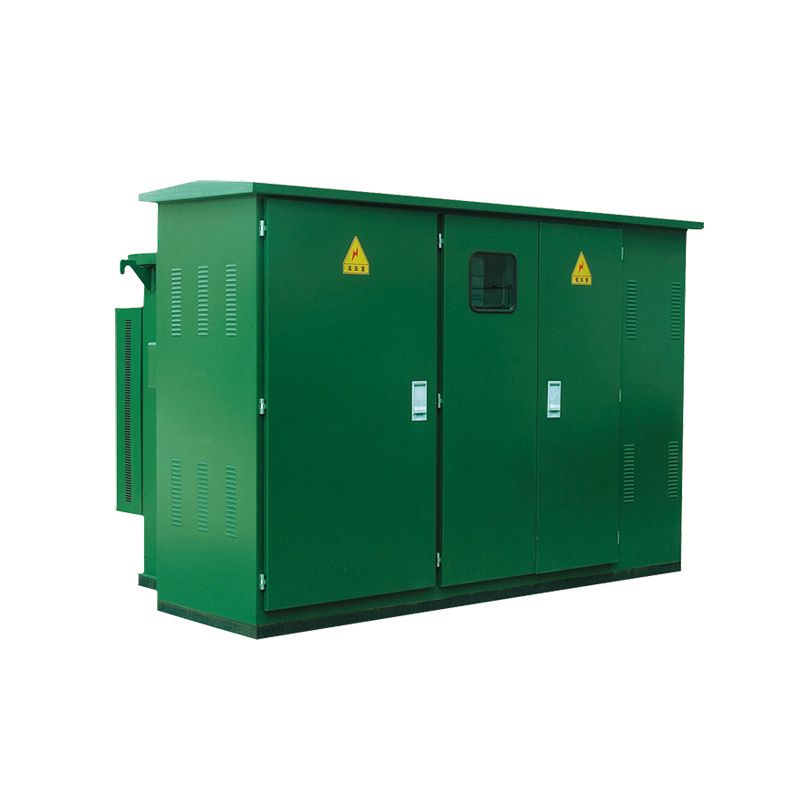Applications of Box Type Substations
2024-07-17
A box-type substation refers to a compact and self-contained unit that houses electrical equipment for transforming voltage levels and distributing electrical power. These substations are designed to be portable, modular, and space-efficient, making them suitable for various applications where traditional substations may not be feasible or practical. Here’s an overview of box-type substations:
Components and Features:
1. Enclosure:
- Compact Design: Typically housed in a weatherproof and robust enclosure made of materials such as steel or aluminum.
- Modular Construction: Allows for easy transport, installation, and customization based on specific project requirements.
2. Transformer Unit:
- Power Transformer: Steps up or steps down voltage levels as per the distribution network requirements.
- Oil-Immersed or Dry-Type: Depending on the design and application, transformers can be oil-immersed for higher power ratings or dry-type for reduced maintenance and environmental considerations.
3. Switchgear and Protection Equipment:
- High-Voltage Switchgear: Controls and isolates electrical circuits to ensure safe operation and distribution of power.
- Protection Devices: Includes relays, fuses, and circuit breakers to protect equipment from faults and overloads.
4. Control and Monitoring Systems:
- SCADA (Supervisory Control and Data Acquisition): Provides remote monitoring and control of the substation’s operational parameters such as voltage, current, and temperature.
- Protection and Automation: Automated systems for fault detection, isolation, and restoration to ensure uninterrupted power supply.
5. Cooling and Ventilation:
- Heat Dissipation: Includes ventilation systems or fans to regulate temperature within the substation, ensuring optimal performance of electrical components.
- Cooling Methods: Some units may feature air conditioning or specialized cooling systems for environments with extreme temperatures.
Applications:
- Urban Areas: Used in densely populated urban areas where space for traditional substations is limited.
- Industrial Facilities: Provides power distribution solutions for industrial complexes, factories, and mining operations.
- Remote Locations: Deployed in remote or off-grid locations requiring reliable electricity supply.
- Temporary Installations: Used for temporary power solutions during construction projects, events, or emergency situations.
Benefits:
- Space Efficiency: Compact design saves valuable land space compared to traditional substations.
- Mobility: Easily transportable and can be relocated based on changing power distribution needs.
- Rapid Deployment: Quick installation reduces downtime and accelerates project timelines.
- Customization: Modular design allows for scalability and customization to meet specific voltage and power requirements.
Considerations:
- Environmental Considerations: Ensure compliance with environmental regulations, especially regarding noise levels, emissions, and oil containment for oil-immersed transformers.
- Maintenance: Regular inspection and maintenance are essential to ensure reliable operation and longevity of equipment.
- Safety: Adhere to safety protocols during installation, operation, and maintenance to mitigate risks associated with high-voltage electrical systems.
Box-type substations offer a flexible and efficient solution for distributing electrical power in various settings, combining reliability, mobility, and space-saving benefits. Their modular design and integration capabilities make them a preferred choice for modern electricity distribution networks.



